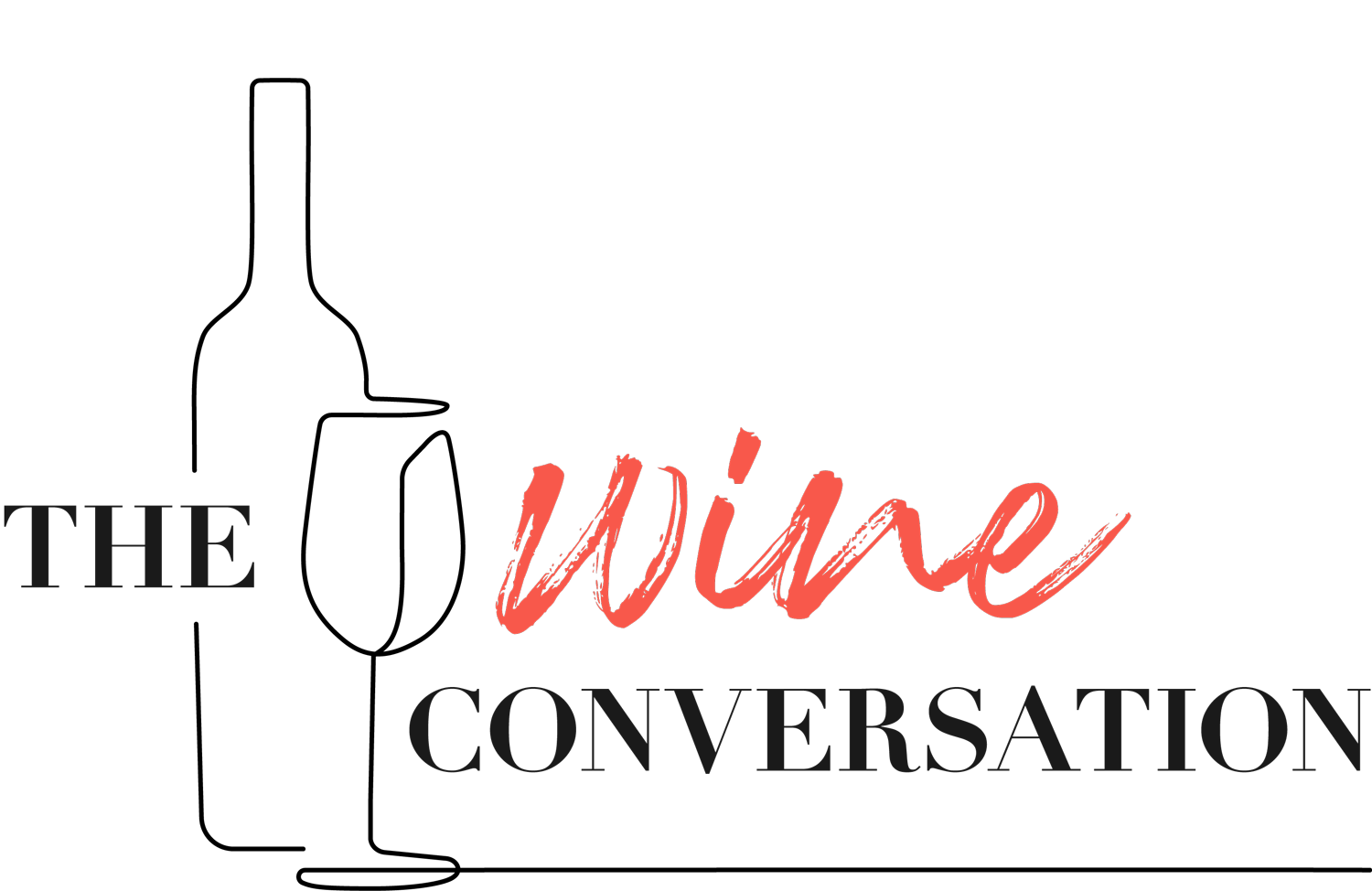▻ Andrew Caillard MW about The Australian Ark
In conversation with Andrew Caillard MW
Episode Summary:-
“The Australian Ark” is the story of Australian wine from 1788 to the modern era; it is also one of the most important wine books published this year, or in fact any year. Jane Anson talks to its author, Andrew Caillard MW, about the book, which took 18 years to write, and has earned international acclaim. Tamlyn Currin of Jancis Robinson.com describes it in her review as “a living museum in your hands. It’s encyclopaedia, paean, bible, tapestry, planetarium, anthology, ode, reference book. It’s Australia’s One Thousand and One Nights, except the folktales are true. It’s Australia’s literary equivalent of a mycorrhizal network” The book comes in three volumes: Volume One, 1788-1900, The Colonial Era, Volume Two, 1901-1983, Federation to the Modern Era, and Volume Three, 1983- present day, Contemporary Times. At 1,760 pages with 500,00 words it is, quite simply, a tour de force.
Andrew was educated in the UK, but had family ties to Australia. His father was in the Royal Air Force and was seconded to the Australian air force, where he met Andrew’s Australian mother. Her ancestors were the Reynells, who were reputed to have established the first vineyard and winery in South Australia. As a young man, he visited Australia and fell in love with the country, and after a brief stint in the British army returned and took a course at Roseworthy Campus at the University of Adelaide in wine marketing, as he did not have enough qualifications for winemaking. “Roseworthy is an incredibly important institution for the story of South Australia,” he tells Jane. He describes how his first year was difficult, as he was seen as a posh English boy, but he soon made friends and his contemporaries included Vanya Cullen and Sue Hodder. It was an exciting time, as it was the start of the Australian wine-export boom.
After leaving Roseworthy, he became an auctioneer, selling fine art and jewellery, until he was asked by Stewart Langton to join him at his auction house. Whilst at Langtons, Andrew developed the renowned Langton’s classification of Australian wine. “It was very clear and I was already working on it at Rushtons actually, it would be a good idea to create some form of excitement for the auction market.” When he created the classification there were only 34 wines listed, with the rule that they had to have produced a minimum of ten vintages and had a reputation on the secondary market. He laughs as he describes how he broke the rule with the first classification as Wynn’s John Riddoch had only produced nine vintages. Today, it is used as an important reference by collectors of Australian wine.
Alongside his career at Langtons, Andrew wrote three books, “Penfolds, the Rewards of Patience,” “A Travel Through Time,” the history of Marques de Riscal, and “Imagining Coonawarra. He also became a producer of award-winning films, “Red Obsession,” the story of how China fell in love with Bordeaux, and “Blind Ambition,” the tale of four Zimbabwean sommeliers competing for the first Wine Tasting Olympics team. He describes how both films came about--chance meetings on a plane with film maker Warwick Ross.
““I’m very lucky when I look back on my career, I knew all the main protagonists. I knew Dr Max Lake, I know James Halliday, I knew Len Evans, I met Max Schubert, all because of my life as a wine auctioneer.” ”
And then came “The Australian Ark.” He admits he has always been fascinated by history, and he started writing and researching wherever he was, with the digital age making it a lot easier. During the Covid pandemic, he found he had a large chunk of time on his hands, (he had left Langtons, which had been bought by Woolworths) and a meeting with Angus Hughson, a wine writer and David Longfield, a publisher, propelled the project on, as they formed an editorial team. They only wanted Australian backing and insisted the book be printed in Australia. It is a non-profit venture, so they needed to raise funds to publish it, a few phone calls to family and friends raised Aus $320,00 in two weeks; the final sum rose to a million Australian dollars, no payment to the author. Andrew contends, “I’m very lucky when I look back on my career, I knew all the main protagonists. I knew Dr Max Lake, I know James Halliday, I knew Len Evans, I met Max Schubert, all because of my life as a wine auctioneer.”
In the book, Andrew describes how the first vines came in on the first fleets, and the first local wine known was made in 1792. The wines were shipped to Europe in the 18th Century as a curiosity, but actually won silver and gold medals. The Napoleonic Wars meant it was impossible to get French vine stock, but in the early 1800s William McArthur arrived in Paris when Napoleon returned from Elba, and started collecting vines. Unfortunately, they were ruined by a nurseryman in London, and they had to start again.
Andrew notes that there are several descendants of the original families still making wine, notably the Tyrells, the Hardy family and the Hill-Smiths. Australian wine fortunes changed with The Export Bounty Act which rewarded fortified wine--many producers turned to fortified, as it was more advantageous financially. War impacted the industry too, and there is a poignant picture of a team of pickers, of whom only three young boys came back from the war. “It is about wine, but it’s putting wine in the context of the growth of a nation, that’s why it is such an important book.”
The third volume looks at the industry today. While the industry is going through a difficult patch, Andrew tells Jane, “I feel confident that the Australian wine industry will emerge as a stronger and more significant player in the fine-wine sphere, exactly what the early settlers first believed in…. lots of grim things are happening, but at the same time we are making some of the greatest wine in our history.” Andrew concludes by naming the winemakers he believes are leading the way to the future – Virginia Wilcox at Vasse Felix, Vanya Cullen at Cullen Wines, Michael Bindi of Bindi Wines, Marco Cirillo of Cirillo Estate, Dave Bicknell of Oakridge Wines, Steph Duttton, senior winemaker at Penfolds, and Dan Standish of The Standish Wine Company. Meanwhile, whatever the future, Andrew Caillard has created an important book, not only on the Australian wine industry, but the history of Australia itself.
Running Order:-
-
0.00 – 22.36
“I’m very lucky when I look back on my career, I knew all the main protagonists. I knew Dr Max Lake, I know James Halliday, I knew Len Evans, I met Max Schubert, all because of my life as a wine auctioneer.”
– Jane Anson summarises Andrew Caillard MW’s career.
– Andrew’s family history and links to the Australian wine.
– Leaving Britain and studying wine marketing at Roseworthy.
– Becoming an auctioneer and moving to Langtons.
– Creating the Langtons Classification of Australian wine. -
22.37 – 01.09
“I feel confident that the Australian wine industry will emerge as a stronger and more significant player in the fine-wine sphere exactly as the first settlers believed.”
– Making the films “Red Obsession” and “Blind Ambition” .
– Writing, researching, and funding “The Australian Ark” .
– The first vines imported into Australia.
– The Export Act’s influence on Australian wine.
– Australia’s wine industry today.
– The upcoming winemakers leading the way.
RELATED POSTS
Keep up with our adventures in wine







Emergency Bordeaux podcast! Jane Anson and Sarah Kemp discuss the news that has sent seismic waves around the wine world.